Socomec Fuses

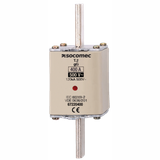
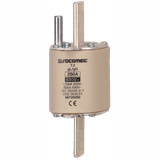
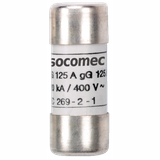

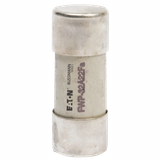



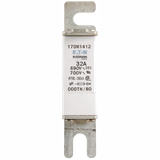
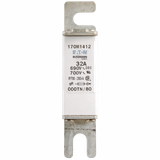

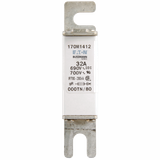

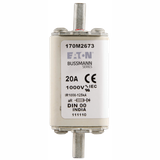

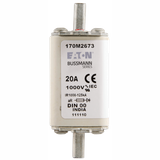
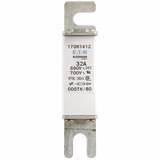
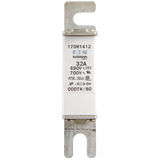
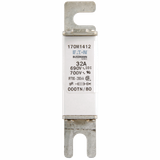
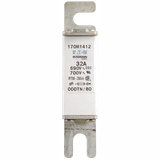




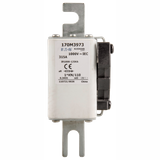


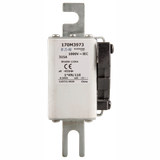
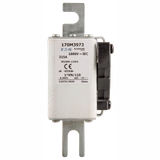

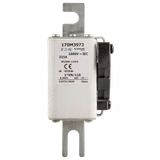
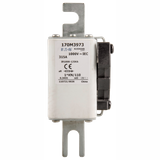
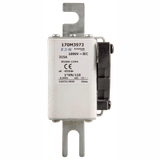
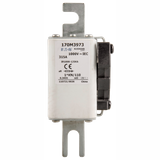
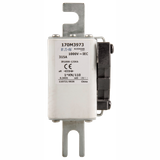

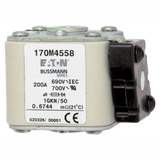
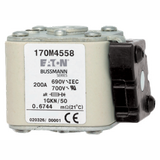


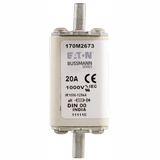
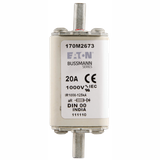
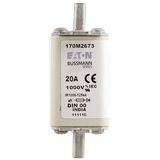

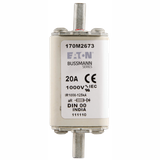
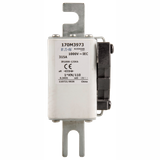

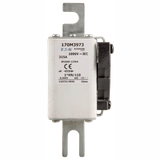
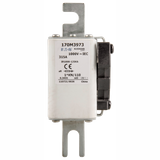
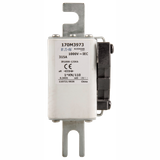
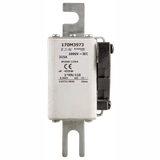
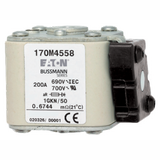
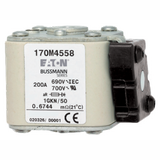
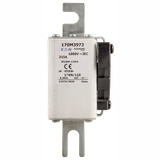

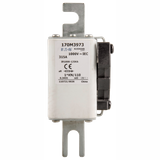

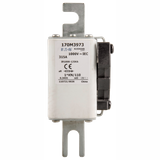
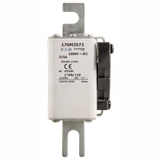
socomec fuses roles in LV panels
In real boards—mains incomers, UPS output frames, MCC rooms—the fuse is there to be predictable under fault and quiet in service. Socomec designs prioritize high breaking capacity (often 80–120 kA at 400–500 V AC), low let-through (I²t) to protect downstream copper and devices, and clear disconnection with visible or indicated status. Thermal behavior is stable across −25…+55 °C with published power-loss values for heat-rise modelling in compact enclosures. Typical systems cover 230/400 V AC and DC variants for battery and PV strings.
socomec fuse holders portfolio and formats
Ranges span 10×38, 14×51, 22×58, and NH000…NH3 sizes with 1P, 2P, 3P, and 3P+N options. Rail-mounted bodies use finger-safe IP20 terminals with cage or box clamps for 1.5…70 mm² conductors; knife-blade NH bases accept copper bars or lugs. Indicators come as neon/LED windows or microswitch outputs for remote alarm. Fuse-switch-disconnectors add door-interlocked rotary handles so isolation and replacement follow a single motion—useful on feeders and motor circuits where LOTO discipline is mandatory.
Technical specifications and standards for fuse systems
Conformity anchors to IEC/EN 60269 for low-voltage fuses and IEC/EN 60947-3 for switch-disconnector assemblies. Characteristic types: gG for general cable/device protection, aM for motor back-up (short-circuit only), gR/aR for semiconductor protection with tight I²t. Utilization categories for combined units include AC-22B and AC-23B; check the device label for verified making/breaking at power factor 0.65–0.8. Temperature-rise and power-loss figures guide spacing on DIN rails; keep adjacent heat sources in mind when grouping multiple poles. For DC, verify Ue, polarity, and the number of poles in series to reach the specified DC-21B rating.
Applications and compatibility in building services
Final circuits on lighting and socket sub-mains benefit from compact 10×38 bodies where selective coordination with downstream MCBs is desired. Motor feeders use aM elements paired with contactors or manual switches to ride through healthy inrush while clearing faults fast. UPS bypasses and battery strings call for DC-rated elements with low I²t to protect semiconductor bridges. PV combiner boxes need gPV styles sized to string current with margin for irradiance peaks. In risers and public interiors, LSZH housings keep the CPR narrative consistent with the rest of the containment.
socomec electrical protection integration with switchgear
Fuses interact with upstream and downstream gear, not in isolation. Coordinate let-through with MCCB energy-limits to achieve back-up ratings when the board prospective short-circuit current exceeds downstream device Icn. With transfer systems, check generator fault level—the conditional rating of the fuse-switch must be valid on both sources. DIRIS meters on the same rail should see a clean neutral; avoid layouts that route measurement returns through fuse paths. For surge protection, follow the SPD’s Ifi requirement and select the correct gG or gL back-up device with ≤0.5 m total lead length to the bus.
Selection criteria for B2B clients using socomec safety fuses
Start from fault duty and thermal budget.
- Breaking capacity and class: pick gG for general feeders, aM for motors, gR/aR for drives and rectifiers; confirm kA rating against the board PSSC.
- I²t and selectivity: choose elements whose let-through sits below the withstand of cables, contactors, and semiconductor modules; check manufacturer selectivity tables with any upstream MCCB.
- Holder geometry and IP: 10×38 for compact finals, 22×58 for robust feeders, NH for high-current incomers; require IP20 finger-safe where panels are inspected live-front.
- Conductor interface: verify terminal size, torque window, and ferrule policy for fine-stranded cables.
- Environment: derate for high ambient; use shrouds and phase barriers near warm busbar chambers; for DC/PV, confirm polarity and pole-in-series rules.
- Signalling and maintenance: add microswitch indicators to tie fuse status into BMS and reduce diagnosis time during MOPs.
Notes on coordination language used by specifiers
Where documents group these under socomec circuit protection devices, keep the nomenclature clean—fuses provide short-circuit limitation and, with fuse-switches, safe isolation; thermal overloads and MCB curves remain separate functions. For OEM panels, pre-drilled NH bases speed repeat builds and keep creepage/clearance consistent.
Procurement and range pointers
For cabinet standardization, hold two physical bodies per current tier (e.g., 10×38 up to 32 A, 22×58 to 125 A, NH to 400 A+) and one indicator style across the site. Specify spare sets of socomec fuse links in commissioning kits so night-shift swaps don’t stall FAT/SAT. Where tender notes call them socomec industrial fuses, request I²t curves and watt-loss data with the quote to finalize heat-rise and enclosure ventilation.
Advantages of working with Bankoflamps
You get project-specific B2B pricing and a named account manager who maps frames, element classes, breaking capacities, terminals, indicators, and enclosure kits to each board schedule. The portal shows real-time EU stock by warehouse; quotes typically return in about an hour with EAN/MPN, watt-loss tables, coordination notes, and accessory codes. Orders are placed by manufacturer part number with downloadable price lists that carry validity dates so budgets hold across phases. We track lead times and shipment legs, consolidate by site zone to trim off-loading time, and provide purchase-history analytics. Post-payment up to 30 days is available for trusted clients across France, the Baltics, Germany, Spain, Italy, Belgium, and the Netherlands.